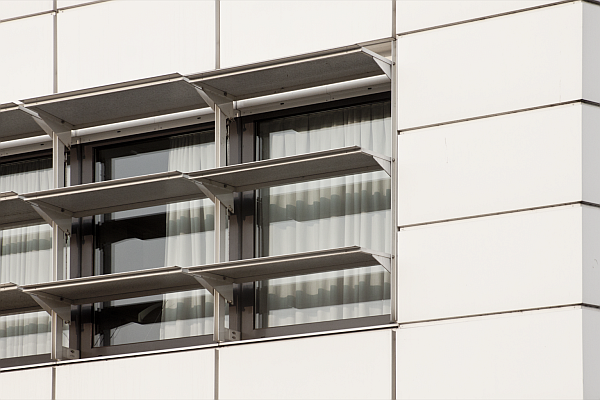O HOMEM E O ESPAÇO HOSPITALAR: O EDIFÍCIO MANOEL TABACOW HIDAL, HOSPITAL ALBERT EINSTEIN (1958)
Keywords:
arquitetura hospitalar, humanização do espaço hospitalar, hospital architecture, humanization of the hospitalAbstract
This essay discusses the concept of humanization applied in hospitals, examining its connection to the healing process and well-being, plus the link between the concept and design methods that improve architecture of hospitals and health promotion. Over time, hospital architecture has undergone various transformation supported by the evolution of medical knowledge and technology, as well as the appreciation of health and patients. The hospital went from a lifeless and absent building for an instrument to promote active assistance to medical practices and needs of its users, both physical and psychological. The shaping of this so called therapeutic places, seeks to synthesize this new hospital building dynamic that approach the figure of man and its complexities, in order to make it more receptive and personal: humanized. The careful examination of the design process and hospital production of architect Rino Levi – whose thoughts are representative within the illustrated scenario – reveals its close relationship with the principles of humanization in hospital architecture. Specifically, the case of Manoel Tabacow Hidal building designed by Rino Levi’s team, in 1958, is deepened as the object of investigationDownloads
Downloads
Published
How to Cite
Issue
Section
License
Authors who publish in this journal agree to the following terms:
a) Authors retain the copyright and grant the journal the right of first publication, with the Project simultaneously licensed under the Creative Commons Attribution License that allows the sharing of the Project with recognition of the authorship and initial publication in this journal.
b) Authors are authorized to assume additional contracts separately for the non-exclusive distribution of the version of the Project published in this journal (e.g., publishing in an institutional repository or as a book chapter), indicating that it was originally published in this journal, with a link to the article.








 Todo o conteúdo de Cadernos de Pós-Graduação em Arquitetura e Urbanismo está licenciado sob
Todo o conteúdo de Cadernos de Pós-Graduação em Arquitetura e Urbanismo está licenciado sob 